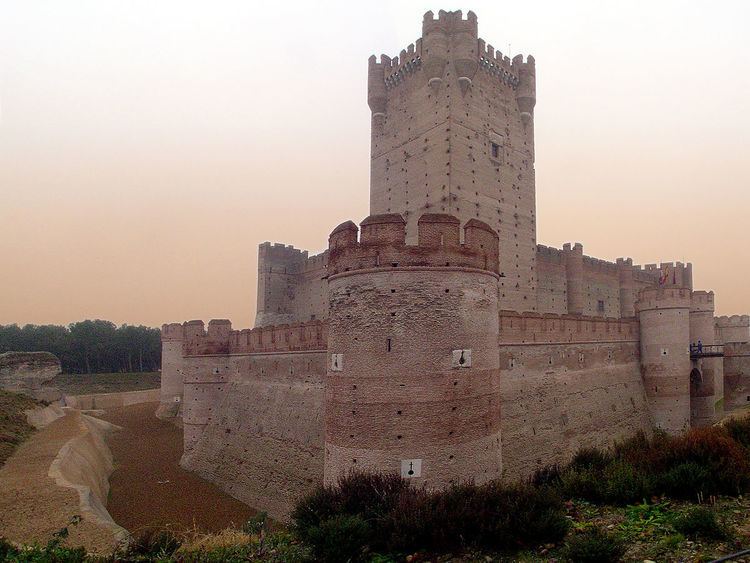 | ||
The current legislation regarding historical monuments in Spain dates from 1985. However, Monumentos nacionales (to use the pre-1985 term) were first designated in the nineteenth century. It was originally a fairly broad category for national heritage sites protecting, for example, the Alhambra. The overarching category for Spanish heritage sites is now Bien de Interés Cultural (Heritage of cultural interest).
Now there are some 13,000 monuments registered by the Ministry of Culture within the wider category of Bien de Interés Cultural. As well as monuments, the category of Bien de Interés Cultural includes the following sub-categories of non-movable heritage:
Some Spanish sites are protected under more than one sub-category. For example, the Alhambra and Generalife receive protection as monument, garden and conjunto histórico.
Examples
A few of numerous articles at Wikipedia covering Spanish monuments are:
